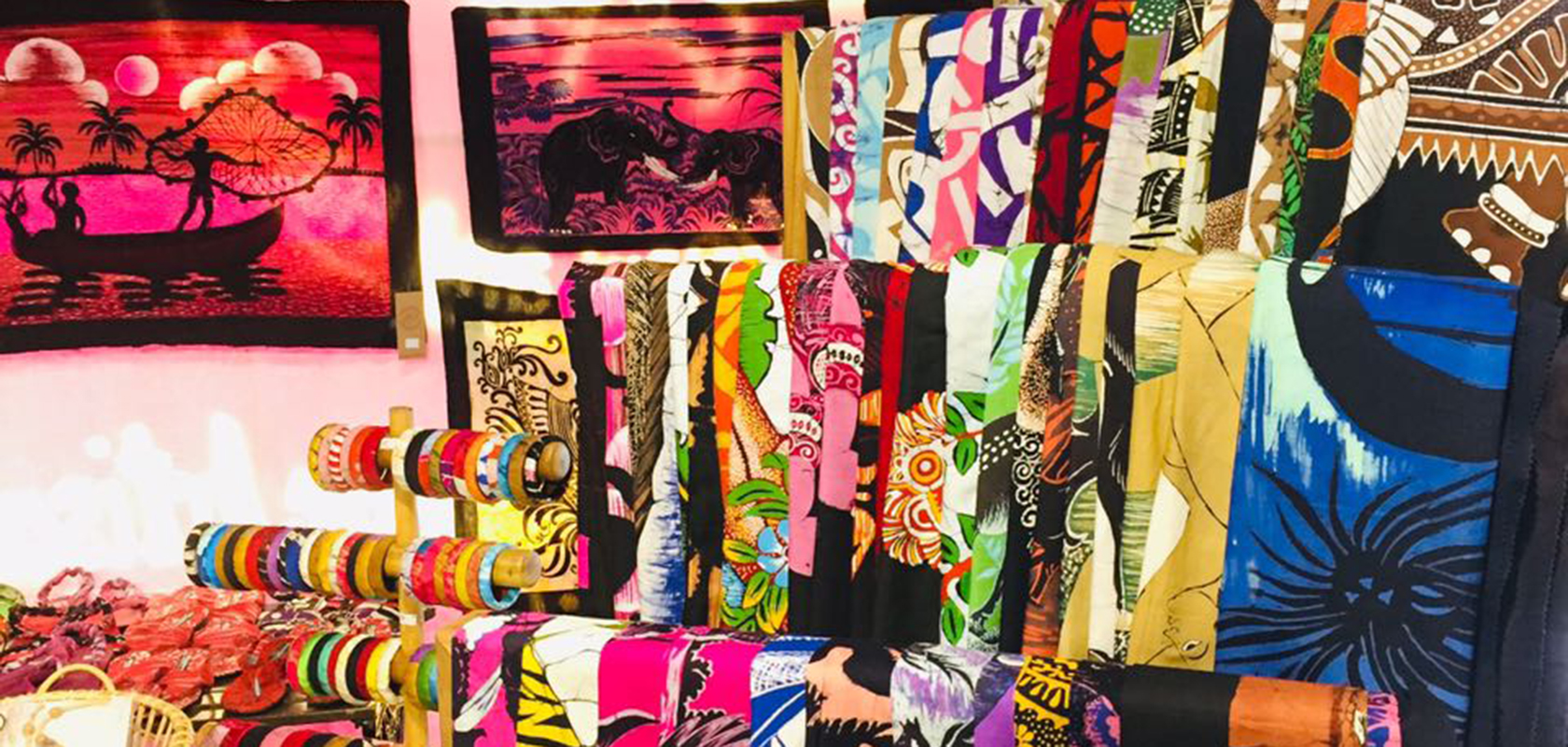Introduction
A nation with a rich heritage is sure to inherit inspiring and unique handicrafts. The diversity in Sri Lanka is highlighted through the multitude of ancient handicraft techniques prominent in different parts of the country. Let us journey around this island nation to imagine and experience its unique handicrafts.
Wooden beauties with Wood Carvings
Passed on from generation to generation, wood carving has been one of the most ancient handicraft techniques in Sri Lanka. Certain groups believe that wood art is a skill that has been introduced by India when Reverend Sangamitta brought the sacred bo sapling to Sri Lanka. Wood carving artists now populate several regions in Sri Lanka beginning from the North to the South. Intricate artwork can be found in hotels, restaurants, shops and other landmarks including places of religious worship. It could also be a precious memento to take back home.
Memorable mask making
The use of masks derive from rituals that were performed to exorcise evil spirits when individuals were possessed. Religious ceremonies, healing rituals and celebrations were also conducted with the use of these masks. In time, the physical movements from these ceremonies adapted to form the ‘Low Country Sri Lankan Dancing’ genre. Masks are deeply connected to Ambalangoda, where the craft was pioneered and several cities in the island’s west craft masks as a popular household industry. All masks are vivid in colour and have bulging eyes and distorted features and each mask on its own has its own identity. Today, masks can be seen in some local households as a wall decoration with the hidden intention of fending off the evil eye. International and local communities are fascinated with the masks and the stories behind the masks leading to the opening of the Mask Museum in Ambalangoda.
Beautiful Batik Weaves
Originally from Malaysia and Indonesia, the Dutch gifted the art of Batik to Sri Lanka. Currently Batik is a medium enterprise generating foreign income through exports and foreign purchases within Sri Lanka. The art of Batik represents the rich culture of Sri Lanka as it has been embraced by cities of the South Western coast such as Negombo, Hikkaduwa, Galle and Mahaweva.
Batik technology involves wax-resistant dyeing. Cotton is commonly used to weave Batiks as it is an absorbent material. The vibrant colours used in Batik weaving attracts both local and foreign customers as the products made with Batik vary from sarongs, dresses, trinkets to wall hangings and tablecloths. Currently, new technology assists in the weaving and dyeing process paving way to mass production of Batik crafts islandwide.
A heritage of Handloom crafts
Handloom weaving in Sri Lanka runs back to the 6th century BC where the weave has been popularly referred to during the initial immigration of Prince Vijaya to Sri Lanka. The evergreen Dumbara Valley is home to the handloom weave where it was fundamentally a cottage industry. Generations after generations of Sri Lankan folk living in the village of Thalagune have mastered the art of handloom weaving both in Silk and Cotton. The silk handloom has been a symbol of royalty and privilege as the designs were grand and majestic differentiating from the simpler patterns prevalent in the cotton handloom. Presently, however, both silk and cotton handloom materials are used for special occasions. Handloom weaves are used not only for clothes but as interior decorations too. Table mats, tablecloths, wall hangings and bed spreads are produced with handlooms and have a high demand among locals and foreigners alike. While labour intensive, the handloom industry is one of the crafts in Sri Lanka that generates a commendable profit through exports.
These crafts are only a glimpse to the Sri Lankan unique handicrafts. Crafts such as beeralu lace work, lacquer work, sesath, reed crafts and traditional drums are a few more among many. Delve deeper into these unique Sri Lankan handicrafts once you visit Sri Lanka and they are sure to awe you as to the beauty this tiny island holds.

